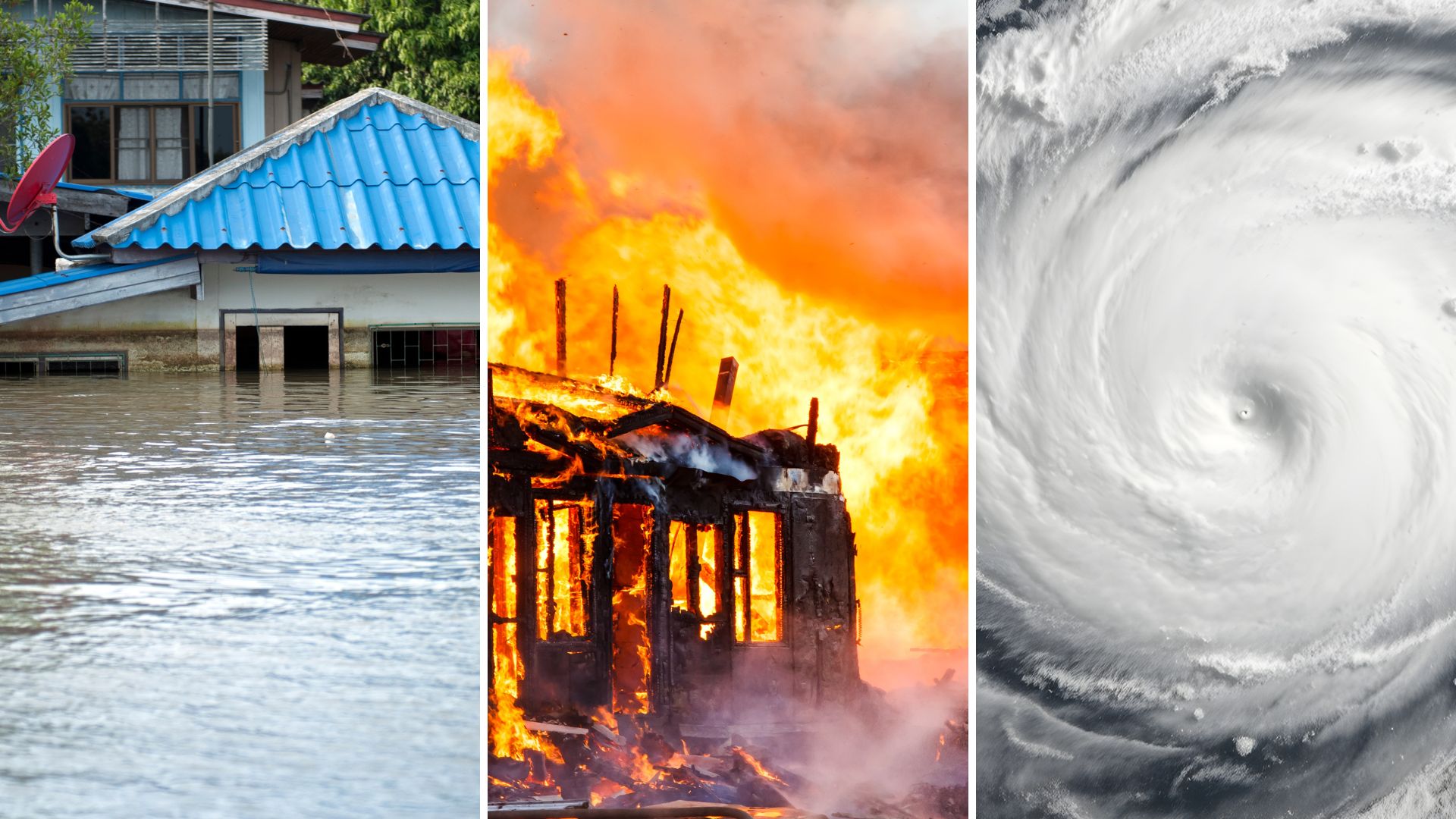- The first national public opinion survey explores how Australians think about and respond to life on a warming planet
- Charles Sturt University’s Professor Clive Hamilton is generating seven topical reports on segments of the survey he commissioned
- Approximately 652,000 properties in Australia are currently at risk of damage from extreme weather events and have inadequate or no insurance cover
A new report from Charles Sturt University found nearly a quarter of Australians say they have modified their homes in the last six years to protect themselves from extreme weather events.
The report, ‘Protecting homes from climate change’, by Charles Sturt Professor of Public Ethics, Clive Hamilton, AM, is one in a series of seven as part of the Living Hot Project. It is based on results from the Climate Adaptation Survey, the first national public opinion survey exploring how Australians are thinking about and responding to life on a warming planet.
“Climate change is already here and homeowners living on the front line of extreme weather are being forced to allocate more resources to repairs, retrofits and insurance premiums,” Professor Hamilton said.
He said that 652,000 properties are currently at risk of damage from extreme weather events and have inadequate or no insurance cover.
The survey results also show:
- A third of Australians say they have been directly affected by floods since 2019, with the number affected by bushfires slightly lower
- Home modifications have mainly been made to protect against storms with strong winds and the effects of heatwaves
- Popular measures include sealing gaps in doors and windows, installing pumps, fitting awnings, and upgrading insulation
- Homeowners most exposed to extreme events are much more likely to modify their homes
- Conservative voters are substantially less likely to protect their homes from extreme weather events than progressive voters
“Not all homeowners who experience weather disasters take steps to protect their homes,” Professor Hamilton said.
“Reasons include the cost of retrofits, inadequate information about future dangers, lack of hands-on experience, beliefs about climate change and plain old wishful thinking.”
The report says the surge in home modification for climate protection may reflect a broader cultural shift, with some households increasingly likely to treat their dwelling as a personal ‘climate bunker’.
“In some places, homeowners worried about a more hazardous climate are investing in home protection while their neighbours carry on as normal,” Professor Hamilton said.
“With a clear partisan split, the home improvement investment trend could, over time, deepen polarisation so that the built environment itself starts to reflect political fault lines.”
The study was developed and commissioned by Professor Hamilton and the survey of almost 2,000 Australians was carried out by respected public opinion polling company Roy Morgan Research.
Learn more about Research Paper 3 ‘Protecting homes from climate change’.
Previously released reports include:
Research Paper 1 ‘Public anxieties about the changing climate’, found that almost two-in-five believe Australia will be ‘much hotter’ in 2050, with another quarter believing it will be ‘somewhat warmer’. And contrary to expectations, experience of extreme weather events has only a small effect on concern about climate change.
Research Paper 2 ‘Parents, children and climate change’, found that among women yet to have children, 40 per cent say they are moderately or very hesitant to have a child because of climate change. Almost half of parents are either very concerned or extremely concerned about the effects of climate change on their children’s well-being and life chances in the coming decades, with mothers significantly more worried than fathers.
Other reports will cover ‘Who should pay for climate insurance?’, ‘Moving home to escape climate change’, ‘Where is safe in a warming Australia?’, and ‘Climate change and social collapse’.






Social
Explore the world of social